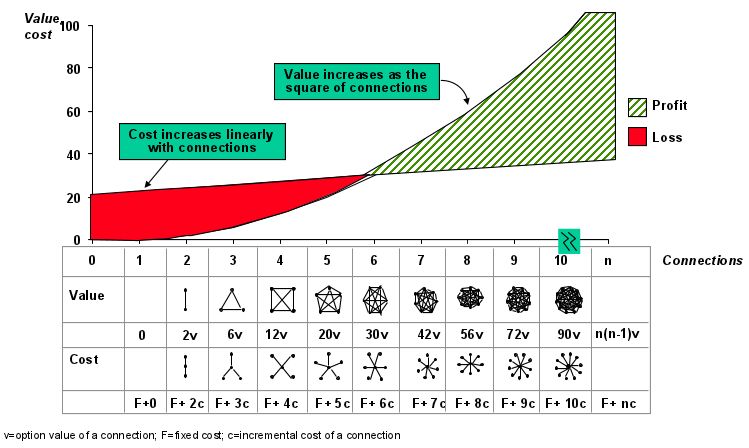The end of common carrier regulation of internet access returns oversight over internet access services to the Federal Trade Commission, which oversees, with the Department of Justice, antitrust matters and consumer protection.
It is worth noting, though the fact is rarely mentioned in reporting on the change, that the specific change made by the FCC is the end of Title II common carrier regulation of internet access.
Under “normal” circumstances, virtually all providers in the communications business would prefer lighter-touch regulation to common carrier regulation, so support for that change is hardly unusual.
The end of common carrier regulation is said to represent the end of “network neutrality.” That is a complicated matter. In principle, the change means that consumer internet access once again becomes a lightly-regulated data service.
Since common carrier regulation was used as the justification for imposing “best effort only” (first in, first out) handling of consumer internet traffic, that prohibition--imposed by common carrier rules--is lifted.
Assuming Congress does not specifically request that the FCC reimpose the rules, ISPs are free to consider quality of service mechanisms for “internet” access, in the same way they are free to implement QoS for business grades of service.
That worries net neutrality supporters.
So it is worthwhile to recall what the FTC said about its views on competition policy back in 2007, before the move to regulate internet access under common carrier rules, something that never was government policy until 2015.
Basically, the FTC notes the dangers and advantages, and essentially argues regulators should wait and see what happens, as moving quickly, in a fast-changing environment, essentially means regulating without actual facts to consider.
“It is impossible to determine in the abstract whether allowing content and applications providers (or even end users) to pay broadband providers for prioritized data transmission will be beneficial or harmful to consumer welfare,” the FTC said. “Such prioritization may provide benefits, such as increased investment and innovation in networks and improved quality of certain content and applications that require higher-quality data transmission.”
The FTC noted network neutrality proponents raise important issues, ranging from a diminution in innovation by content and applications providers; the intentional or passive degradation of non-prioritized data delivery and increased transaction costs resulting from negotiations between broadband providers and content and applications providers over prioritization.
But no a priori assessment can be made, the FTC argued. Instead, “evidence of particular conduct” is necessary to determine whether there is harm.

